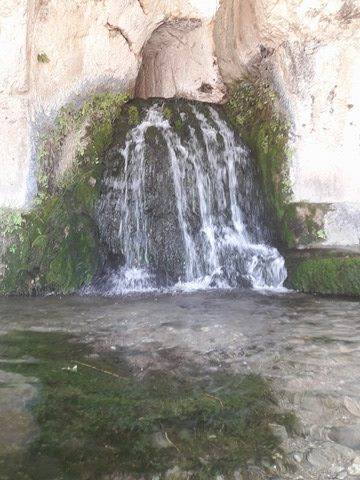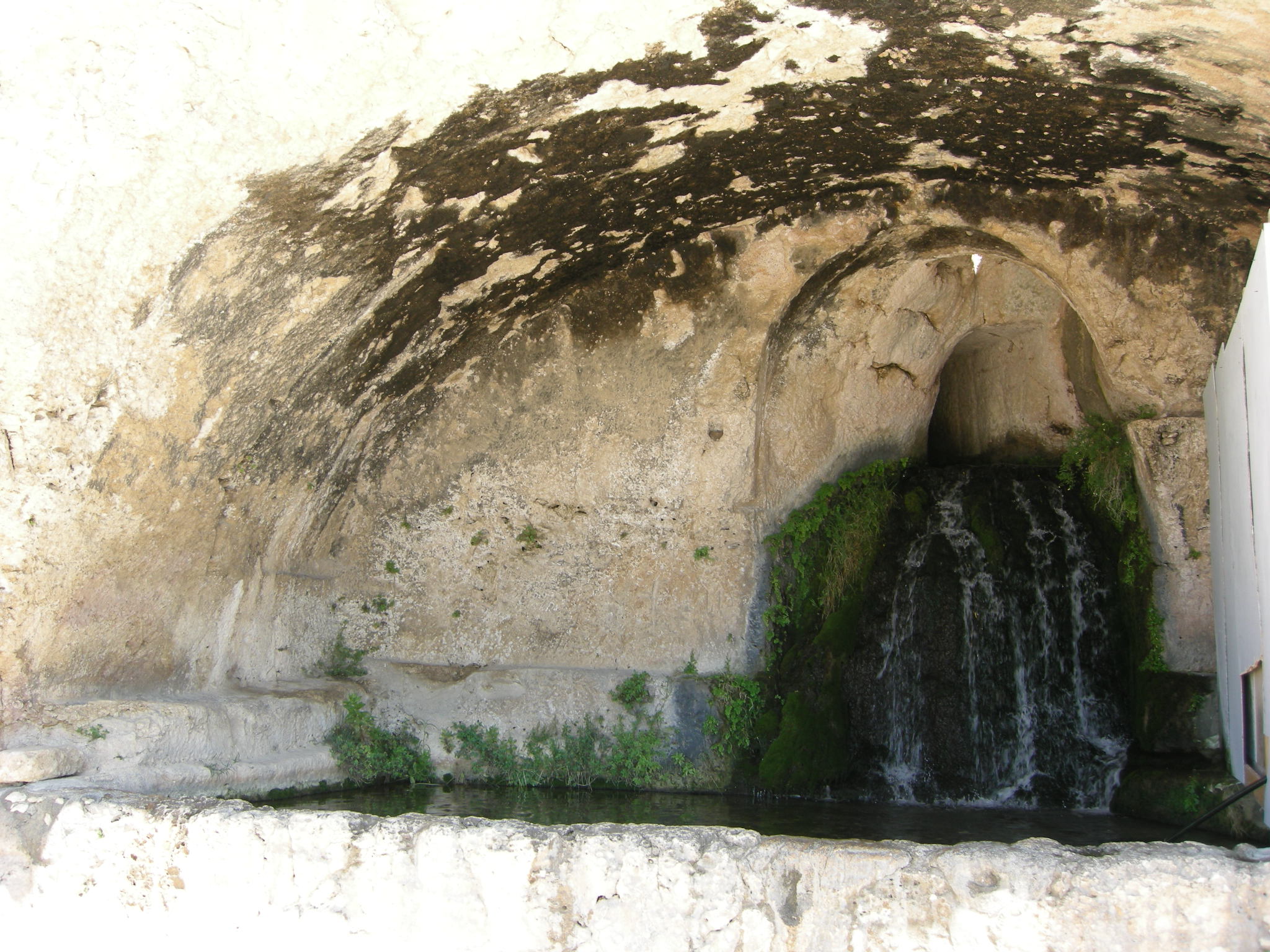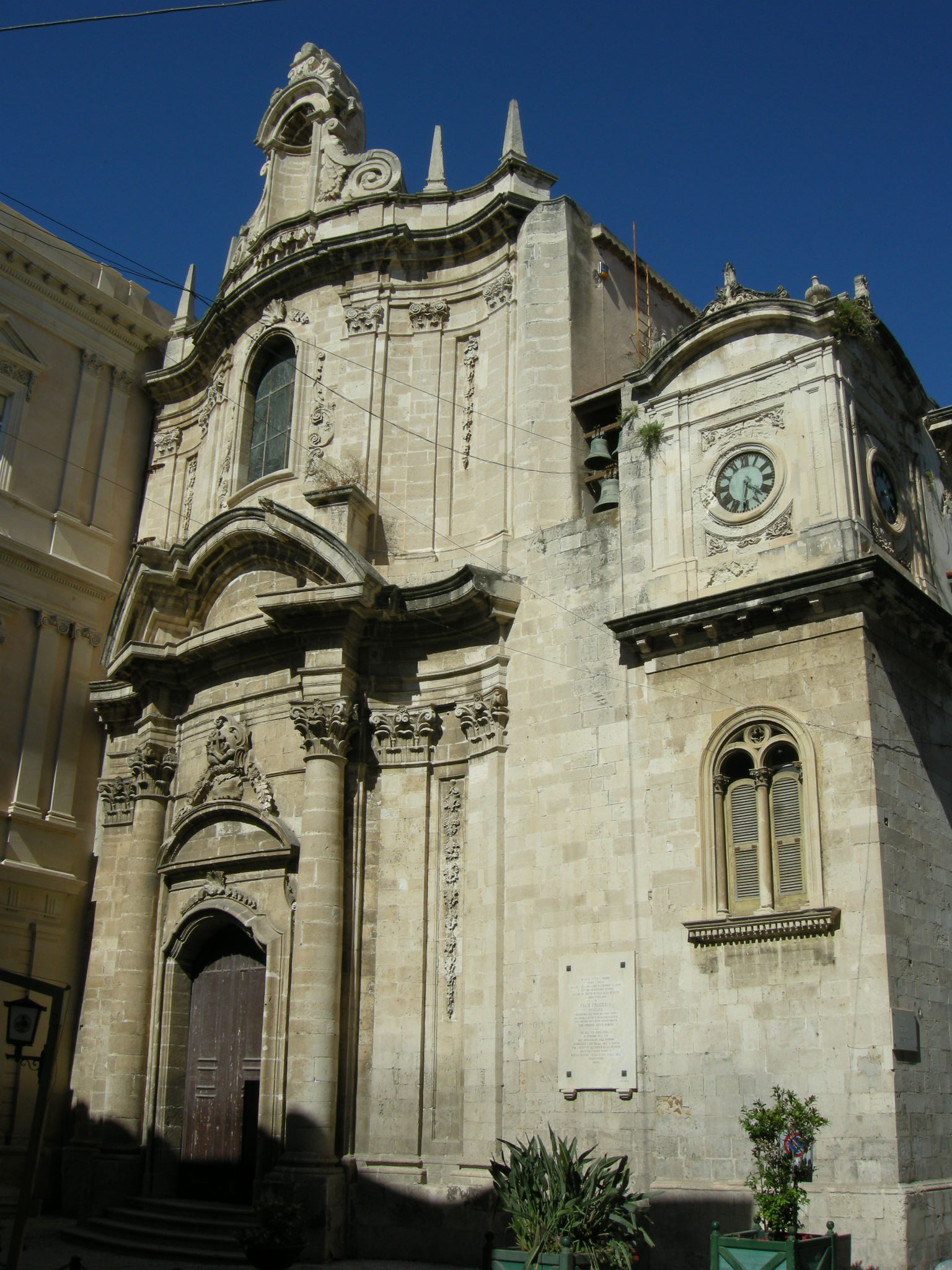A l’intérieur du Parc Archéologique de Neapolis de Siracusa, dans l’espace au sommet du Teatro Greco, l la partie la plus haute de la Colline de la Teménite, (colline sur laquelle repose tout le Parc Archéologique de Neapolis) s’ouvre une cavité artificielle dans la roche naturelle, connue maintenant comme Grotte del Ninfeo.
Cette grotte de Syracuse aurait été l’ancien siège de la Mouseion (le sanctuaire des muses), où les acteurs syracusains se réunissaient avant d’aller au théâtre pour réciter leurs comédies et tragédies à l’époque Epicarmo et Eschilo.La fontaine s’inspire du culte grec des nymphes (divinités de la nature pour la religion grecque) dont elle tire son nom “Ninfeo”, qui signifie fontaine monumentale décorée d’éléments décoratifs.
Ici, dans le passé, il y avait un porche fermé en forme de “L” et à son entrée étaient placées des statues datant du IIe siècle av. Les statues étaient dédiées aux Muses (dieux du chant et de la danse pour la religion grecque).
Aujourd’hui, nous n’avons que 3 statues, actuellement exposées au Musée archéologique régional Paolo Orsi à Syracuse.
Il y a des sources comme celle rapportée par le peintre Jean-Pierre Hoüel qui, dans la seconde moitié du XVIIIe siècle, lors d’un séjour à Syracuse, dans une de ses œuvres, représentait la Grotta del Ninfeo telle qu’elle apparaît alors, beaucoup plus profonde que l’actuelle.
A côté du mur d’entrée, il y a des niches votives qui ont été utilisées pour la pratique du culte des héros (Pìnakes).

La grotte possède une cavité au fond de la paroi rocheuse, d’où s’écoule encore une cascade d’eau, qui est recueillie dans un bassin rectangulaire.
L’eau qui arrive à l’intérieur provient de deux aqueducs différents, l’un est appelé “Acquedotto del Ninfeo”, l’autre est l’aqueduc Galermi, tous deux datant de l’époque grecque.
A l’est de la Grotta del Ninfeo se trouve le seul moulin de notre époque (Moulin Galerme) qui recevait l’eau de la grotte et la déversait vers le théâtre grec, après avoir été utilisé pour la culture du blé.
ORARI DI APERTURA E PREZZI PER LE VISITE
Localitè: Viale Paradiso – Parco Archeologico della Neapolis
Contacts.: +39 0931 489511
Site archéologique sans barrières architecturales
Entrée gratuite le premier dimanche de chaque mois.
Entrée au Parc archéologique : Adultes € 10,00 – Réduit € 5,00 (moins de 18 ans) – Entrée gratuite jusqu’à 12 ans.
Billet cumulatif Parc archéologique + musée de votre choix entre Museo Paolo Orsi ou Galleria Palazzo Bellomo – Prix du billet : € 13,50 – Réduction € 7,00 (moins de 18 ans) – Entrée gratuite jusqu’à 12 ans
Horaires d’ouverture de la billetterie : de 8h30 à 18h00
HORAIRES D’OUVERTURE DU PARKING : de 8h30 à 18h30.
Du 10 mai au 18 juillet, les heures peuvent varier, lors des tragediés grecque qui se dérouleront au théâtre grec





